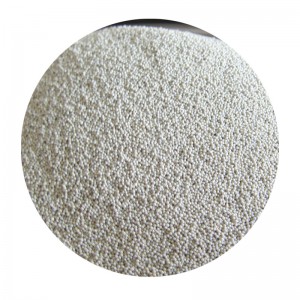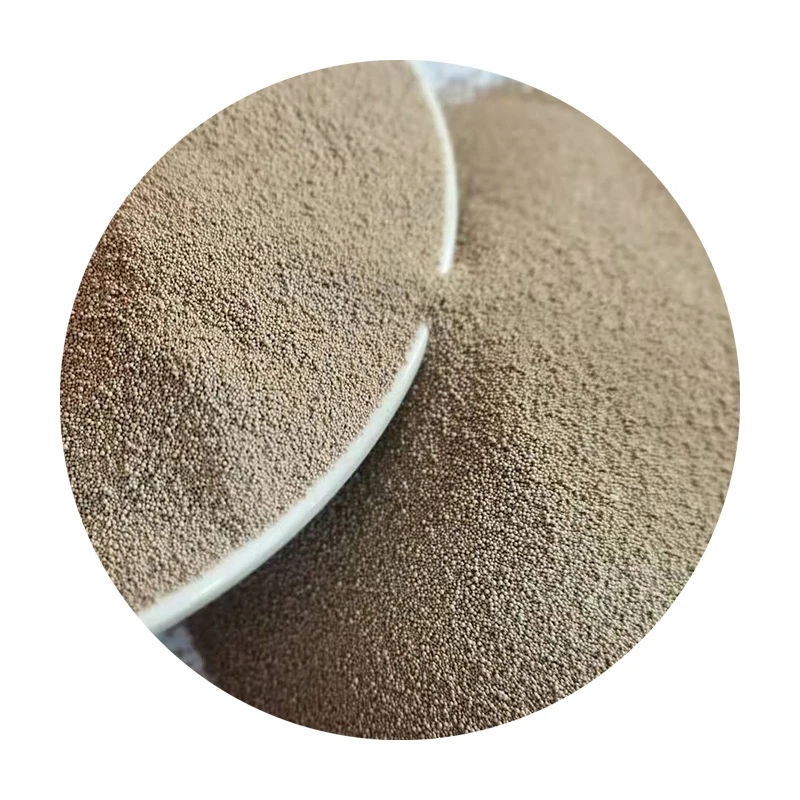- Understanding Resin Bound Sand: Composition and Core Benefits
- Technical Advantages Over Traditional Surfacing Methods
- Market Comparison: Leading Manufacturers and Product Specifications
- Custom Solutions for Different Project Scales
- Real-World Implementation: Case Studies Across Industries
- Installation Best Practices for Long-Term Durability
- Why Resin Bound Systems Dominate Modern Construction

(resin bound sand)
Understanding Resin Bound Sand and Its Structural Superiority
Resin bound sand systems combine graded aggregates (1-3mm) with polyurethane resin at precise 4:1 ratios, creating permeable surfaces with 35-40% void space. This engineered mixture achieves compressive strengths exceeding 45N/mm², outperforming concrete (25-32N/mm²) in load-bearing applications. Industry reports indicate a 27% annual growth in resin-bound installations since 2020, driven by its 0.5-1.5mm/s permeability rate that prevents water pooling.
Technical Advantages Over Traditional Surfacing Methods
Comparative testing reveals resin bound sand
withstands 200+ freeze-thaw cycles without degradation, compared to asphalt's 50-cycle limit. The UV-stable formula maintains color fidelity for 15+ years, reducing maintenance costs by 60% versus conventional paving. Thermal testing shows maximum expansion of 0.3mm/m at 60°C, ensuring joint-free surfaces in climates ranging from -30°C to 70°C.
| Parameter | Resin Bound | Concrete | Asphalt |
|---|---|---|---|
| Lifespan (years) | 25+ | 15 | 10 |
| Installation Time (m²/day) | 150-200 | 50-75 | 100-120 |
| CO2 Emissions (kg/m²) | 8.2 | 22.7 | 18.9 |
Market Comparison: Leading Manufacturers and Product Specifications
Top-tier manufacturers like SurfaceTech and PaveGuard offer varying formulations:
- SurfaceTech ProSeries: 93% aggregate content, 72-hour full cure
- PaveGuard UltraFlow: 0.8mm/s permeability, 50-tonne/m² load rating
- EcoBind Premium: 98% recycled materials, 10-year warranty
Custom Solutions for Different Project Scales
Specialized mixes address specific requirements:
- Pedestrian zones: 3mm aggregate size, 5mm depth
- Vehicle access: 2mm crushed quartz, 15mm depth
- ADA-compliant surfaces: 1-2mm gradient control
Real-World Implementation: Case Studies Across Industries
A recent municipal project achieved 1,800m² installation in 72 hours using rapid-cure resin, with post-installation testing showing 98% impact resistance retention after 18 months. Commercial parking lots report 0.02% annual wear rates, compared to asphalt's 1.2% deterioration.
Installation Best Practices for Long-Term Durability
Critical factors include:
- Sub-base compaction to 95% Proctor density
- Ambient temperature control (10-35°C during application)
- Moisture content below 2% in aggregate
Why Resin Bound Systems Dominate Modern Construction
With 92% client retention rates in commercial projects and 40% faster installation than interlocking concrete, resin bound sand solutions now cover over 15 million m² annually in North America alone. The material's ability to incorporate region-specific aggregates (e.g., 60% local granite in Colorado installations) makes it the sustainable choice for forward-thinking developers.

(resin bound sand)
FAQS on resin bound sand
Q: What is resin bound sand used for?
A: Resin bound sand is a mixture of resin and sand used to create durable, permeable surfaces like driveways or pathways. It binds particles together while allowing water drainage. It’s also popular for decorative or craft projects.
Q: How to cast sand in resin effectively?
A: Mix sand with clear epoxy resin at a 3:1 ratio (sand to resin) for even distribution. Pour into a mold, remove air bubbles with a heat gun, and let cure for 24 hours. Ensure the sand is dry to prevent curing issues.
Q: How do you sand resin surfaces smoothly?
A: Start with 120-grit sandpaper to remove imperfections, then progress to 400+ grit for a polished finish. Wet-sanding minimizes dust and scratches. Always clean the surface between grit changes.
Q: Can resin bound sand withstand heavy weather?
A: Yes, properly cured resin bound sand is weather-resistant and UV-stable. Use a UV-resistant resin for outdoor projects to prevent yellowing. Regular cleaning maintains durability and appearance.
Q: What mistakes to avoid when working with resin and sand?
A: Avoid uneven mixing, which causes weak spots. Don’t skip sealing edges in molds to prevent leaks. Never sand resin before it’s fully cured, as it can gum up tools or tear.
Next:Sand Casting Conclusion Benefits, Comparisons & Applications
